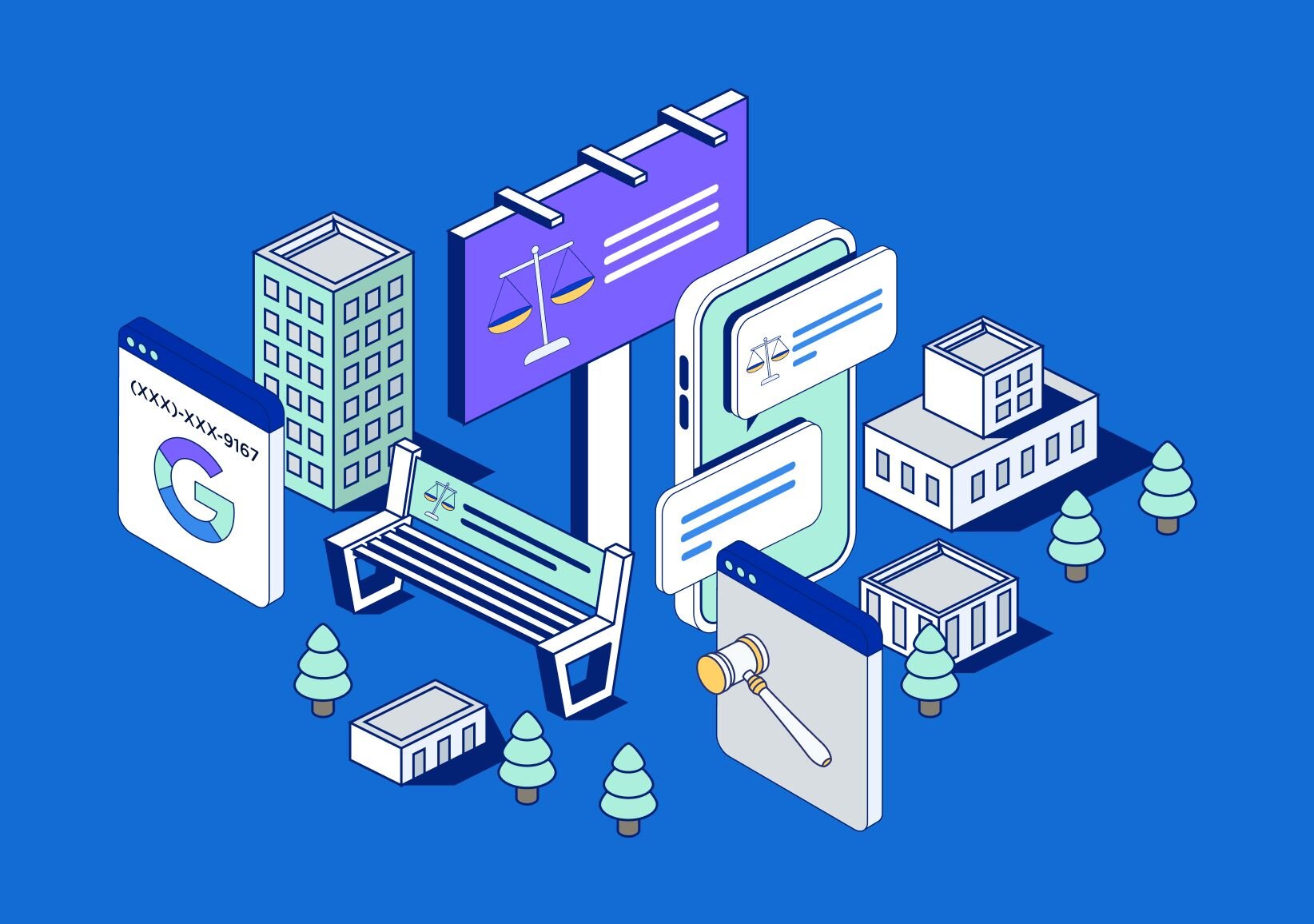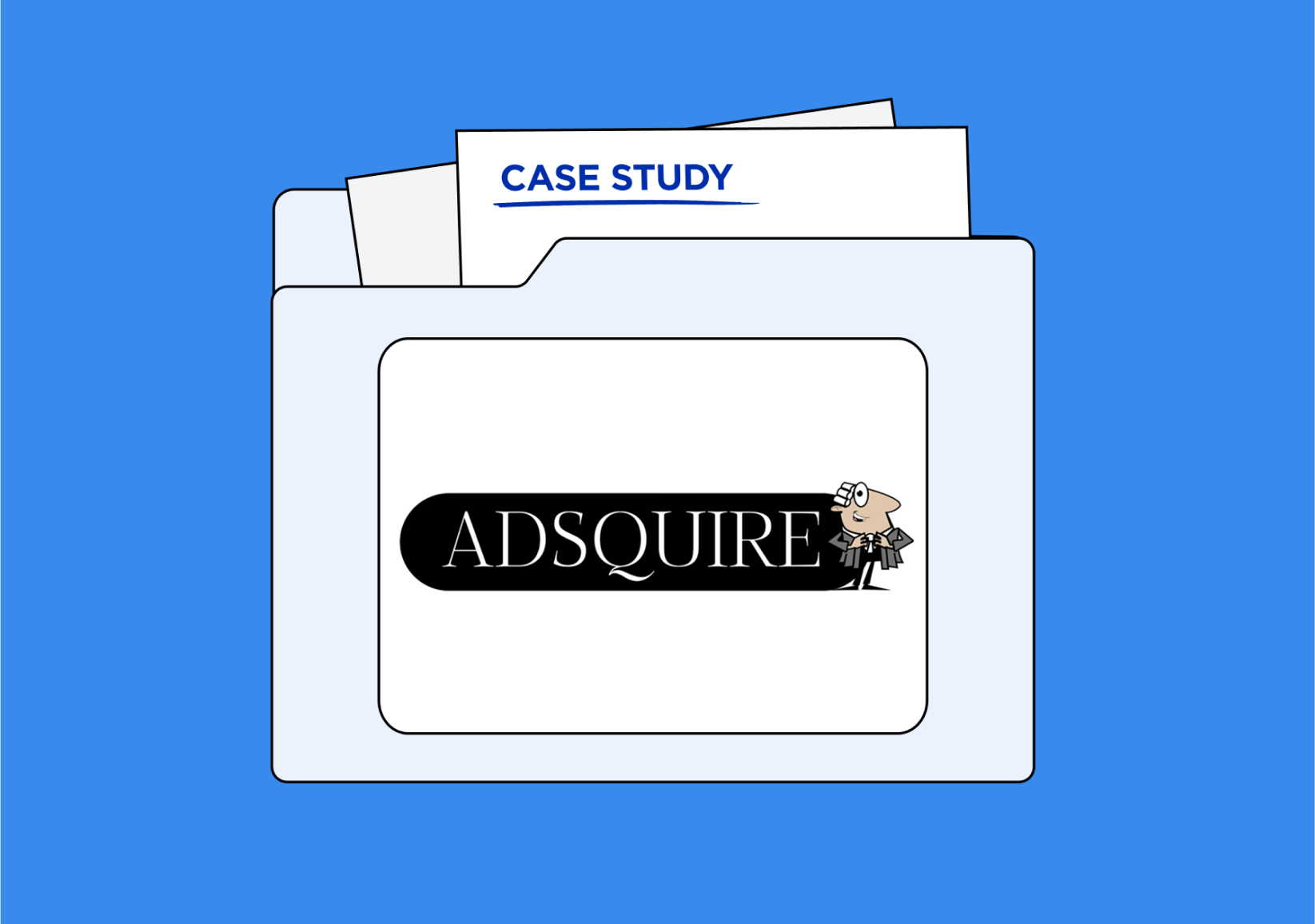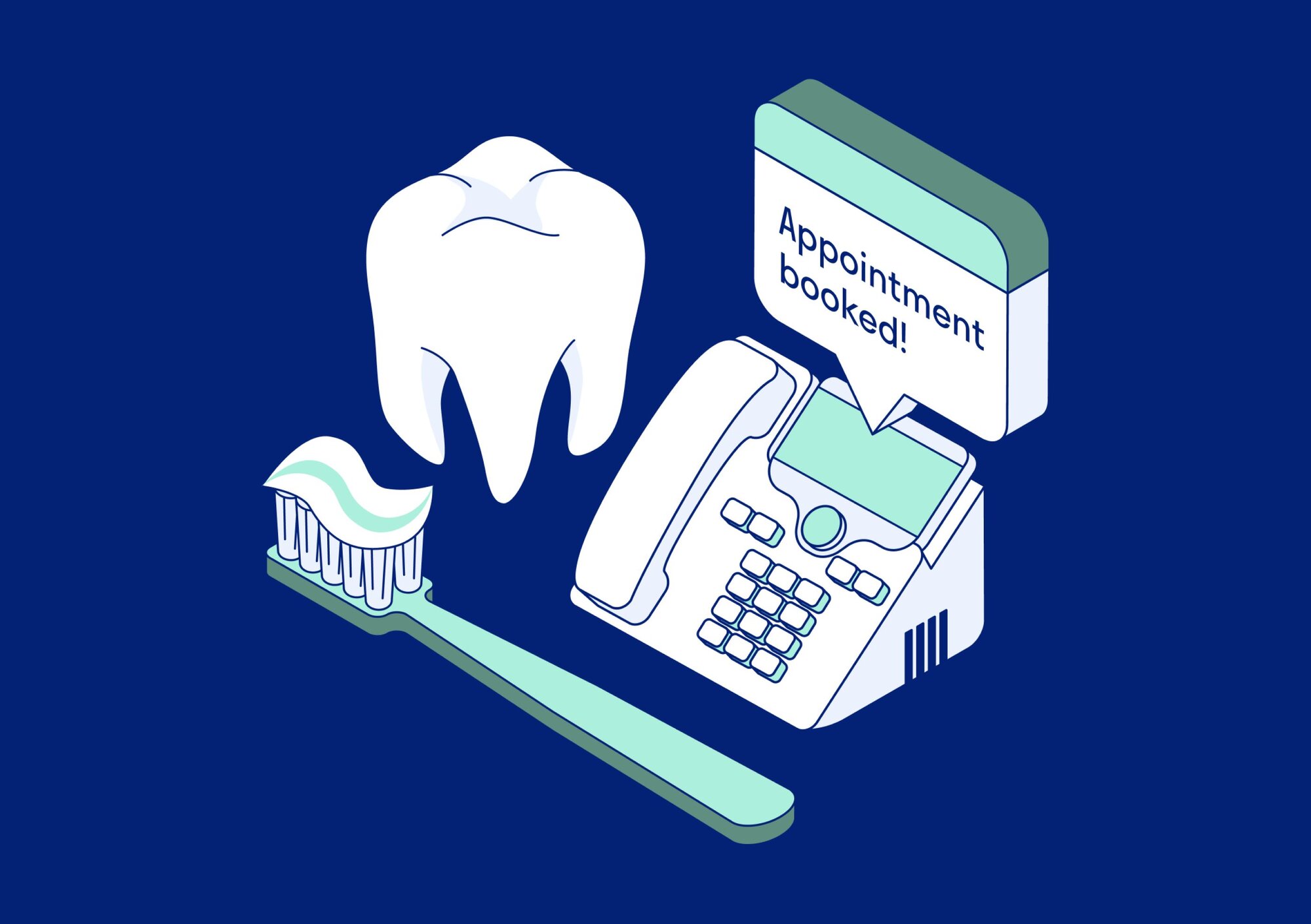Many businesses are so focused on attracting new customers, it’s easy to neglect your current customers who may represent your biggest growth potential.
What Is Customer Retention?
Customer retention is the ability of your organization to keep customers doing business with you. The longer they stick around, the more valuable they are to your business over the long haul. Customer retention strategy is the process and programs you put in place to retain customers and build customer loyalty.
To retain customers, you’ve got to do the basics right:
- Provide a product or service that solves a customer’s problem at a price point the customer believes is fair
- Provide a solid customer experience, including customer service
- Continue to fulfill a customer’s needs
An effective customer retention strategy will go well beyond just transactions, however. You need to build a relationship with customers to keep them doing business with you. There are all sorts of competitive options out there. Many businesses are willing to deeply discount their products or services to attract customers away from you. Your strategy needs to be aggressively managed to avoid customer churn.
The Benefits of Customer Retention
The biggest marketing cost for almost every business is customer acquisition. The more customers you retain, the lower your customer acquisition costs are. It costs companies between five and 25 times more to attract a new customer than to keep an existing customer.
However, that’s only the beginning of the benefits for developing customer loyalty. A strong customer retention strategy can produce several significant benefits.
Spend More Frequently in Larger Amounts
When you can retain customers and turn them into loyal customers, they are likely to buy more often and spend more each time than newer customers. Customers that connect with a brand emotionally have a 306% greater lifetime value.
More Upsell and Cross-Sell Opportunities
Your current customers have already invested in you. They’re more likely to be open to upsell and cross-sell opportunities.
Amazon has made an art of cross-selling. When you put something in your shopping cart, its recommendation engine will surface complementary products that you may need. Go to buy a digital camera and you might be asked if you want to buy memory cards, tripods, lights, or extra batteries. You might see suggestions based on what other customers bought or products that are frequently bought at the same time. Amazon estimates that 35% of its total sales come from cross-selling.
Customers that trust you are also more likely to consider upsell opportunities than new customers.
Customer Referrals
Satisfied customers are much more likely to tell their friends and neighbors about your company. The most loyal customers will act as promoters for your business. This free word-of-mouth promotion is invaluable to your organization.
Leads generated from referrals convert at a 30% higher rate and lead to a lifetime customer value 16% higher than leads captured through other channels. When customers have been referred by other customers, retention rates grow by an average of 37%, and they are four times more likely to refer more customers. Win-win!
Greater Profitability
A comprehensive study published in the Harvard Business Review by Bain & Company shows that increasing your customer retention rate by as little as 5% can lead to increased profitability ranging from 25% to more than 90%.
How to calculate customer retention
You might think of customer retention rate as the opposite of churn rate. Churn rate is the measure of customers who stop paying for a product or service over a period of time, particularly in a subscription-based model. And based on what you now know about customer retention, it follows that your retention rate is the measure of customers who make repeat purchases across a given period.
The first step in calculating your customer retention rate is to determine the time frame. Organizations monitor customer retention rates annually, quarterly, monthly, or weekly, depending on their industry. SaaS companies may even track retention rates and churn rates daily. Here is the formula for calculating your customer retention rates (CRR):
CRR = [ ( CE - CN ) / CS ] x 100
It looks a little more daunting than it really is. Gather these three numbers, and you will be good to go.
- CS = Number of existing customers or subscribers at the beginning of the time period.
- CE = Number of existing customers or subscribers at the end of the time period.
- CN = Number of new customers or subscribers added during the time period selected.
Customer Retention Rate Example
Let’s say you have decided to measure your customer retention rate for the year. On January 1st, you had 1,000 customers and on December 31st, you had 1,000 customers. During the year, you added 100 customers.
CRR = [ ( 1,000 – 100 ) / 1,000 ] x 100
This would give you a customer retention rate of 90%. In other words, 90% of the customers that started at the beginning of the year are still doing business with you at the end of the year. Customer retention rates vary greatly by industry. Media and professional services organizations have an average customer retention rate of 84%, while restaurants and hospitality industries have a retention rate of 55%.
How to Calculate the Churn Rate
The churn rate is the inverse of the retention rate. If you’ve already calculated the CRR, you can just subtract the CRR from 100%. In the case of a 90% CRR, your churn rate would be 10%.
Here’s the formula for calculating the churn rate:
( Churned customers / Initial number of customers ) x 100
Churn Rate Example
If you had 1,000 customers at the beginning of the year and 100 of those customers were no longer doing business with you at the end of the year, the churn rate would be calculated like this.
Churn Rate = ( 100 / 1,000 ) x 100
The churn rate in this example would be 10%.
Calculating the churn rate can be complicated depending on your definition of churn. Customers may stop and then restart a subscription service. How will they be counted?
SaaS companies might offer a free trial. Will you consider these as customers, including those that do not move forward with your service, or do you only count them as customers when they start to generate revenue?
There are also different reasons customers stop doing business with you. Some are within your control, such as customer service, dissatisfaction with your product or service, or moving to another company. Involuntary churn happens, too. Someone might change jobs and no longer need what you provide or move to a new location where your service is not available. You can’t do much to retain these customers.
There’s no right or wrong answer to how you categorize churn, you will need to define your terms and then be consistent in the way you account for customers to provide actionable data. With the right data analysis solution, you can incorporate marketing automation that helps predict churn based on triggering events, such as lack of engagement with a service or increased customer support calls.
An effective customer retention strategy will identify where customers churn and whether specific events trigger churn. Predictive analytics can help you recognize these events, so you can be proactive in trying to keep your customers.
6 Ways to Improve Customer Retention Rates
How do you decrease your churn rate and increase your customer retention rate? Here are six proven strategies to help grow your business.
1. Create a strong first impression
Make the customer experience as seamless and frictionless as possible. If you are an eCommerce site, don’t make the checkout process difficult. If you are a B2B marketer, make sure customers can easily find the information they are looking for on your website. First impressions matter — even after prospects become customers.
If you are a subscription service, make sure the onboarding process goes smoothly. Provide the information and service they need to get started efficiently and quickly. One great way to improve customer retention is to manage customer success. To help existing customers, teach them to use your products properly and actively check in on their experience. You can do this through personalized onboarding sessions, webinars, drip campaigns leading to guides and product videos, and more.
2. Pay attention to customer concerns and feedback
Retaining customers means understanding the concerns or problems and addressing them. You won’t know what they are until you ask. You should constantly be looking for ways to gauge how your customers feel about your products or services, any problems they are having, and what it would take to satisfy or delight them.
Closed-loop feedback can be a big help here. Many companies send a thank you email or text after a purchase asking customers how likely they are to recommend you. This Net Promoter Score (NPS) helps you assess brand loyalty.
When you uncover problems or places customers believe you are falling short, be aggressive in attacking them, resolving them, and letting your customers know you are listening.
3. Consistent marketing efforts
After someone becomes a customer, it’s time to turn up the volume on your marketing efforts. In today’s competitive environment, your customers will continue to receive marketing messages from your competitors. It’s important for you to keep your products and services top of mind.
You already have something valuable: their business. Continue to provide them with reasons to do business with you rather than shopping for your competitors.
4. Reward your customers
Don’t take your customers for granted. Thank them for being customers and give them additional reasons to stick with you. Loyalty programs, discounts for additional purchases, gifts-with-purchase, and preferential treatment can go a long way to creating loyal customers.
Your best customers will provide the biggest long-term value.
5. Leverage Your Data
Another competitive advantage you have is customer data. Existing customers provide a wealth of data that you can leverage to improve your customer retention efforts. Since customers are already in your ecosystem, it’s easier to track their interactions.
The right call center platform, for example, will allow your customer support teams to provide better service. When they interact with customers, they can already know what products or services they have and what they’ve asked about in the past. If their concerns need to be escalated, you can easily forward the relevant information to the next agent without forcing the customer to repeat themselves.
Marketing automation allows you to leverage data in multiple ways. By monitoring response rates to offers, open rates to emails or texts, and clickthrough rates, you can see which messages and offers get attention. This allows you not only to track conversions from individual campaigns, but it also lets you refine your messaging and deliver more relevant content.
For example, if you are a travel agency and a customer opens your email and clicks through to look at your European vacations, but ignores your South Africa safari offers, it can tell you where to focus your marketing efforts.
The more data you have, and the better your data is, the more you can customize your marketing efforts to optimize performance.
6. Pay attention to timing
As companies grow, customer acquisition and retention strategies shift as well. For example, in the startup phase, you are focusing on customer acquisition to build a customer base. As you begin to build your base, you can then start to incorporate your customer retention strategy to encourage repeat sales.
While continuing marketing efforts to attract new customers, as your company matures and becomes established, you may want to launch efforts like loyalty programs or referral programs to encourage retention. Well-established companies focus heavily on retention, upsell, and cross-sell opportunities.
Unless you are brand new, there’s no bad time to focus on customer retention. Loyal customers make your monthly recurring revenue targets much easier to hit.
Learn how call tracking helps you to improve customer satisfaction and retention.










